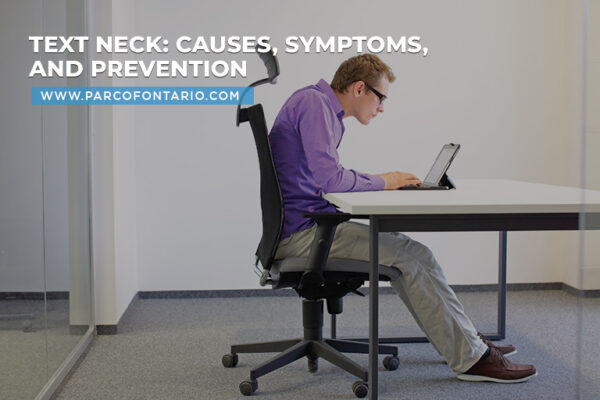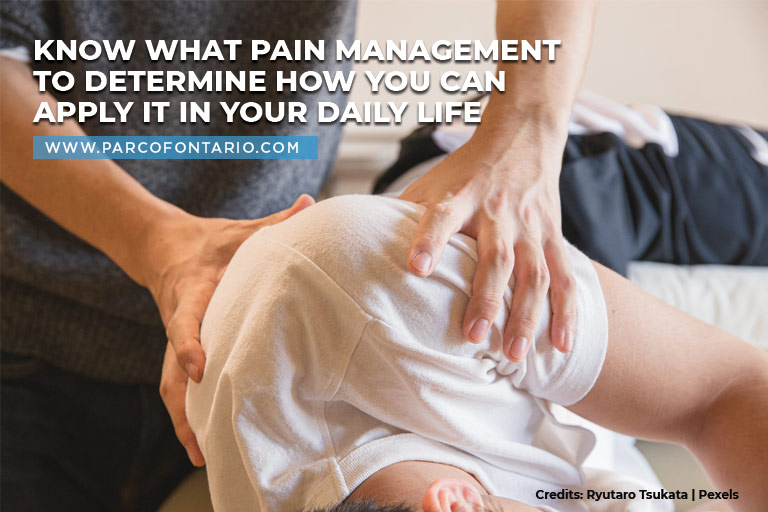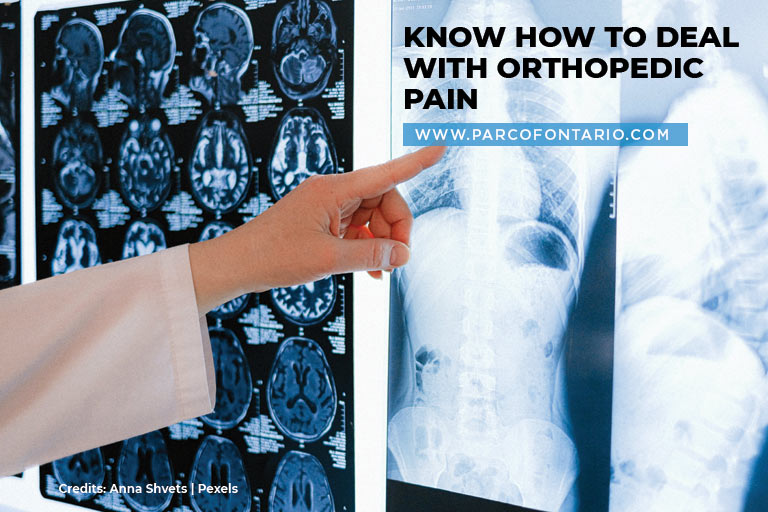
Text Neck: Causes, Symptoms, and Prevention
Many of us spend long hours hunching over our electronic mobile devices and laptops. As we spend more time texting, browsing social media, and reading on our devices, this constant downward gaze…
Read More
Do you usually experience stiffness, fatigue, muscle twitches and burning sensations in your muscles? Does the pain feel worse every time you move? Have you ever experienced bone leg pain at night that wakes you up from your sleep? If this is the case, learning the basics of pain management will allow you to develop strategies to minimize what prevents you from enjoying a good quality of life.
Living with persistent bone, joint, spine, and muscle pain can severely impact your daily routine. It prevents you from moving properly, gives you mental distress, and causes a lot of cancelled plans in your daily activities. A large number of people 30 years old and over suffer from musculoskeletal pain without knowing that there is a solution for their condition. The lack of knowledge about pain conditions, access to check-ups, and pain treatment remains one of the top concerns today.
Find out what you need to know about various musculoskeletal disorders and how to manage the pain that results from these conditions.

When bone, joint, spine, and muscle pain is left untreated for a long time, it becomes a chronic pain problem that can disrupt even the slightest movement you make when doing tasks. Conditions such as arthritis and rheumatoid arthritis, osteoporosis, fibromyalgia, gout, and muscle strain often contribute to persistent discomfort. This is where pain management comes in.
Pain management involves strategies and techniques to alleviate or reduce pain. It is a multidisciplinary approach that collectively uses medical, physical, and physiological interventions aimed at providing comfort to individuals experiencing acute or chronic pain. This is done through a series of assessments to identify the problem and its extent, drafting a treatment plan, monitoring progress from plan improvement and support through education on how to cope up effectively. The ultimate goal of pain management is to improve an individual’s overall well-being and make life free of pain so you could enjoy all the beauties life could offer without that achy feeling.

The very first step in managing your bone, joint, spine, and muscle pain is accurately identifying the origin of the pain. Tailoring the most appropriate treatment plan for you requires a series of assessments and tests.
This means that choosing the right clinic is crucial. They will come up with an accurate diagnosis and assist you with your treatment plan using their medical knowledge and equipment. Look for your preferred bone, joint, muscle, and spine clinic so they can assist you in all stages of your pain management plan.
Once you’ve been evaluated, your trusted health practictioners may refer you to a physiotherapist who will make a carefully drafted management plan tailor-fit for you and your condition. This plan may include a combination of targeted exercise, physical therapy sessions, functional abilities evaluations, nutritional diet and in some cases, the use of assistive devices to support and protect affected areas.
The main goal of this step is to promote healing, restore function of your injured bone, joint, spine, or muscle, and offer you pain relief. The plan serves as your guide to know how to take care of your bones and muscles, which can restore your mobility.
In certain instances, medication plays a significant role in managing musculoskeletal pain. Medicines like non-steroidal anti-inflammatory drugs (NSAIDS), like ibuprofen for muscles and joints, acetaminophen, and corticosteroids, can help reduce inflammation, ease discomfort, and improve overall well-being.
It is also crucial to follow the prescribed treatment to prevent further progression of the pain and prevent having complications in the specific injured area. Not only does the adherence to the treatment regimen alleviate the pain but also facilitate recovery for pain associated with an injury or a medical condition.
Over the years, the area of medical technology has witnessed and experienced remarkable progress with new and advanced interventions. New devices and machines have surfaced that enhanced the quality of orthopedic pain management available in today’s time. One of the groundbreaking innovations that surfaced is the existence of wearable technology and remote monitoring that records patient movements and provides analytical data of patient activities to improve bone and muscle treatment regimen. Clinics that provide these innovative techs would be good to eye, as these development products aid in minimizing recovery time and maximizing the efficacy of any pain management procedure.
For long-term pain relief, you need to strictly follow your maintenance plan and make adjustments to your daily routine and habits.
One of the things that you should commit yourself to doing is regular exercise that goes beyond just backstretches for lower back pain. Regular exercise must be composed of a strategically drafted physical activity that covers every aspect of your musculoskeletal system. Maintaining this practice plays a pivotal role in keeping the strength and flexibility of your bones and muscles.
Your doctors and physiotherapists are only there to help but it is you that drives the path to success of your pain management plan. You need to take care of yourself and use various methods or treatments recommended to address the pain that is causing you so much trouble.
Self-care is as important as maintaining a regular exercise and a nutritional diet as this would keep your mind active and happy while fostering a positive outlook in life. Make sure to stay committed and consistent in following the advice and recommendations provided by your healthcare providers and integrating these practices into your daily routine and habits. This way, you can actively participate in your pain management plan, leading to a more effective and fulfilling approach to improving your overall well-being and quality of life.
Now that you’ve gained a solid understanding of pain management, it’s time to explore the pain assessment and treatment options like physiotherapy. Get in touch with a clinic near you so you can get started on your journey to healing.
Take control of your pain. Contact PARC of Ontario today. Call one of our branches:
Make your initial appointment with us today, taking your first step towards a pain-free and improved quality of life.